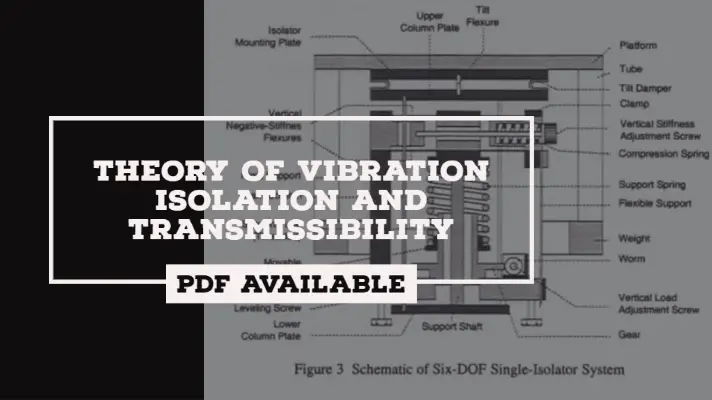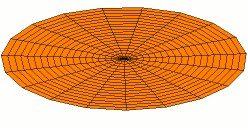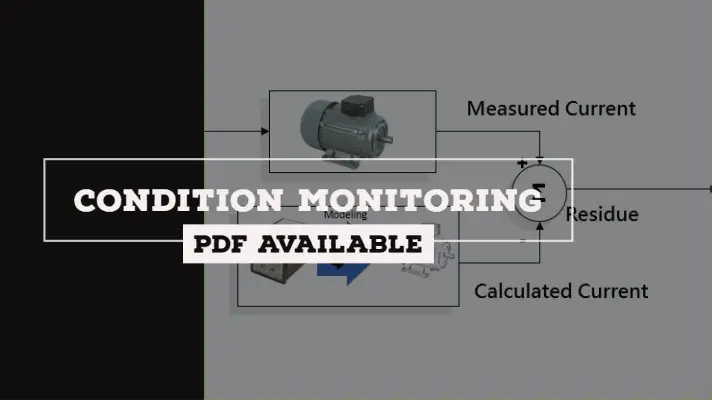Theory of Vibration Isolation and Transmissibility [PDF]

Download the PDF below!
High vibration levels can cause machinery failure, as well as objectionable noise levels. A common source of objectionable noise in buildings is the vibration of machines that are mounted on floors or walls.
Obviously, the best place to mount a vibrating machine is on the ground floor. In this article, I am going to explain What is the theory of vibration Isolation and transmissibility in a detailed manner.

Vibration Isolation Theory:
- Unfortunately (but fortunately for noise control consultants), this is not always possible.
- A typical problem is a rotating machine (such as a pump, AC compressor, blower, engine etc) mounted on a roof, or on a floor above the ground floor.
- The problem is usually most apparent in the immediate vicinity of the vibration source.
- However, mechanical vibrations can transmit for long distances, and by very circuitous routes through the structure of a building, sometimes resurfacing hundreds of feet from the source.
- A related problem is the isolation of vibration-sensitive machines from the normally occurring disturbances in a building (car or bus traffic, slamming doors, foot traffic, elevators).
- Examples of sensitive machines include surgical microscopes, electronic equipment, lasers, MRI units, scanning electron microscopes and computer disk drives.
Transmissibility Theory:
Transmissibility is the ratio of output to input.
Transmissibility (T) = output/input
- T>1 means amplification and maximum amplification occurs when forcing frequency (ff) and natural frequency (fn) of the system coincide.
- There is no unit designation for transmissibility, although it may sometimes be referred to as the Q-factor.
The transmissibility is used in the calculation of passive compensation efficiency.
Some FAQ related to Theory of Vibration Isolation and Transmissibility:
What is vibration isolation system?
It is the process of isolating an object, such as a piece of equipment, from the source of vibrations.
What is Transmissibility?
Transmissibility is the ratio of output to input.
Why vibration isolation is needed?
In order to prevent the vibration of any equipment from the surroundings, a vibration isolator is needed.
References [External Links]:
- Vibration Isolation
- (PDF) Vibration Isolation: A Review
- Vibration isolation and force transmissibility - Nptel



